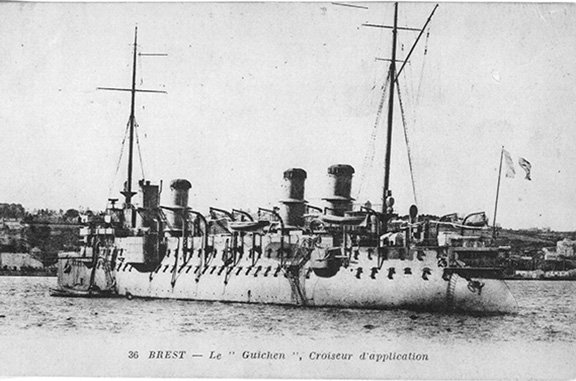
BY VAHRAM L. SHEMMASSIAN, Ph.D
This essay is a brief account of the history of Musa Dagh Armenians from mid-nineteenth century to the present. Musa Dagh was situated by the Mediterranean Sea, in the Svedia sub-district within the Antioch district of the Ottoman Province of Aleppo. Presently, it is located in the Samandagh district in the Hatay province of Turkey. Armenians are believed to have lived in Musa Dagh since antiquity. To date, their origins remain shrouded in uncertainty. They spoke a dialect called Kistinik, meaning, the language of Christians. In nineteenth century, six main Armenian villages existed: Bitias, Haji Habibli, Yoghunoluk, Kheder Beg, Vakef, and Kabusiye, with a total of about 6,000 inhabitants. The original villages from which the others emerged were Haji Habibli, Yoghunoluk, and Kabusiye.
The nineteenth and early twentieth century proved a period of change that transformed the Musa Daghtsis from an isolated, obscure, and ignorant lot to a conscious collectivity fighting for its very existence as part of the larger Ottoman Armenian community facing total annihilation by its own, Young Turk government. Several factors effected this transformation. A retired British diplomat by the name of John Barker, who had a summer residence at Bitias and other property in Kheder Beg, experimented with new vegetables and fruits acquired from around the world, improved the silkworm seeds for sericulture, the main occupation in the area, and introduced medicines to fight epidemic diseases. Equally important, foreign travelers visiting him exposed Musa Dagh to the outside world for the first time through their published accounts. American Protestant missionaries likewise made inroads in Musa Dagh beginning in 1840, leading to the establishment of Protestant churches in Bitias in 1857 and in Yoghunoluk in 1869-70. The direct or indirect teachings of the American ideals of equality and freedom must have impacted the people’s thinking to some extent. Then came Capuchin missionaries from Europe and established the St. Paul congregation in Kheder Beg in 1891. Their presence, too, must have influenced the locals in terms of European notions of human rights.
Armenian clergymen, educators, and revolutionaries likewise stopped by Musa Dagh beginning mid-nineteenth century. When the Armenian National Constitution was promulgated in the Ottoman Empire in 1863, the Prelacy in Aleppo dispatched clergymen to its parishes in northwestern Syria to introduce reforms. As a result, the majority Apostolic community of Musa Dagh underwent some positive changes, albeit with difficulty. Similarly, as a consequence of the ongoing Armenian social, cultural, and political Renaissance across the empire, “national”